-
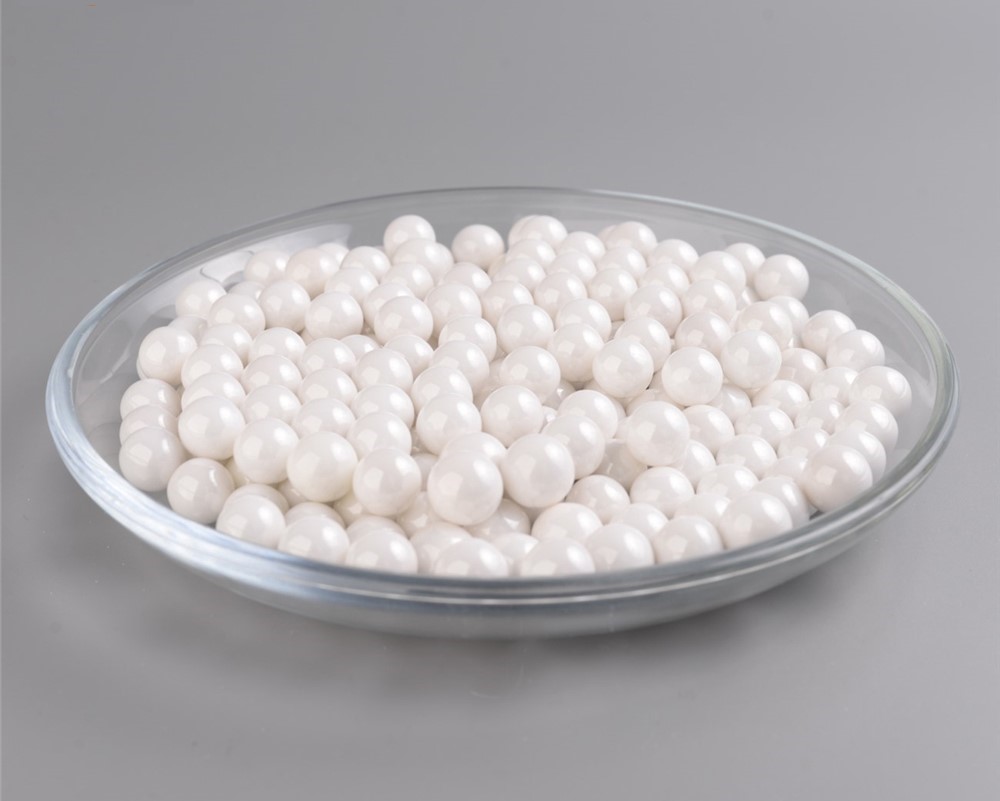
Ceramic balls and zirconia grinding beads
Ceramic balls and zirconia grinding beads are gaining popularity in many industries. These materials offer a wide range of advantages over traditional metal alternatives, including improved wear resistance, increased efficiency and reduced risk of contamination. Pharmace...Read more -
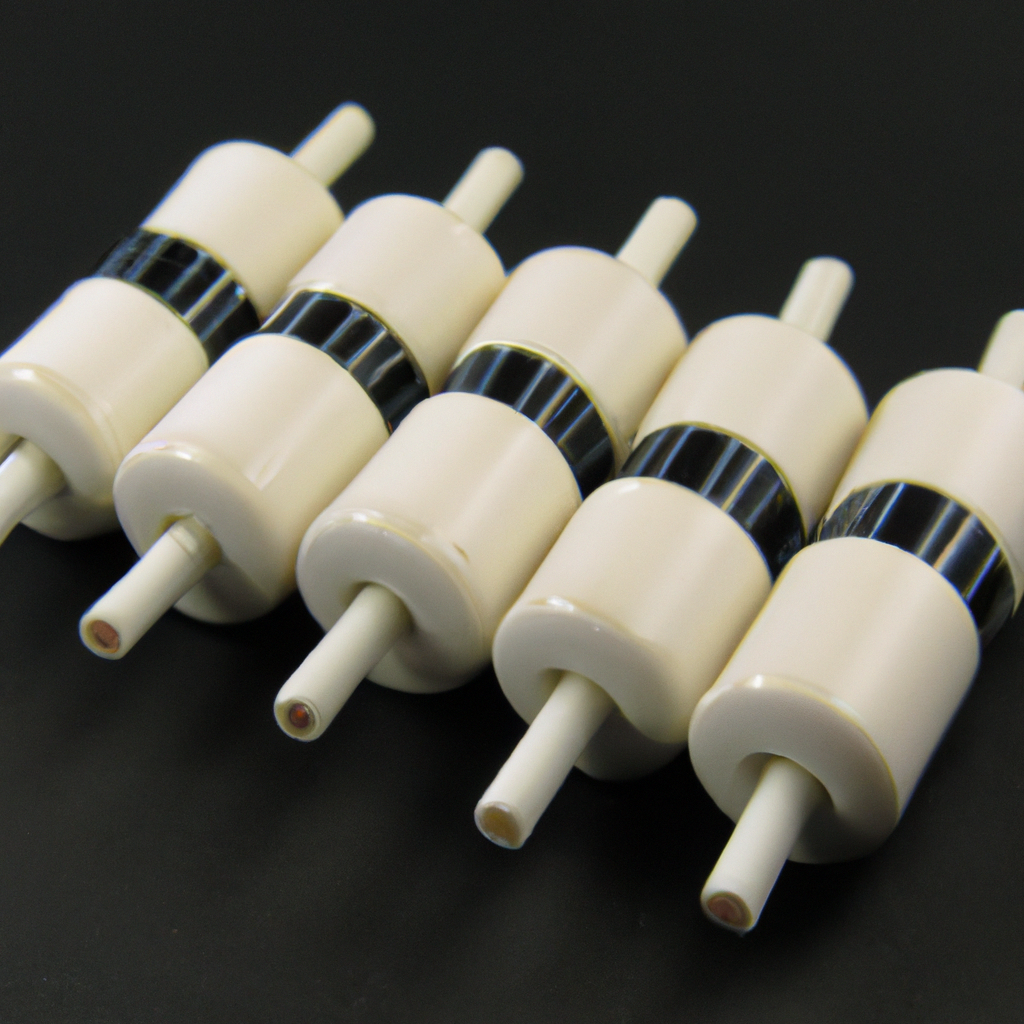
What is the difference between glass tube fuses and ceramic tube fuses?
Fuse is a kind of component specially set in the circuit of the weak link sensitive to current, in the normal operation of the circuit, it has no effect on the protected circuit, its resistance value is small, no power consumption. When the circuit is abnormal, there is too much current or short ...Read more -
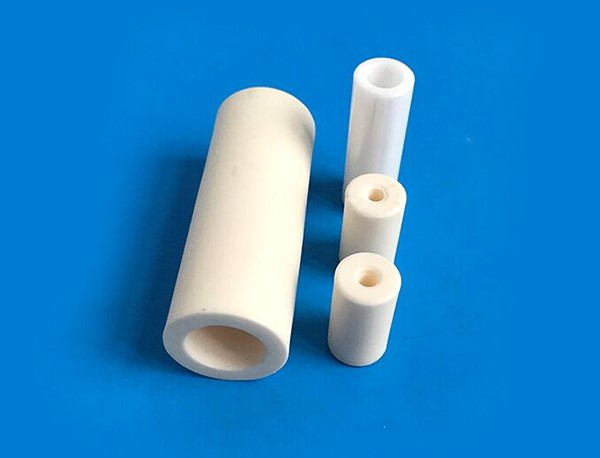
Industrial Ceramics Takes Center Stage in 2023: Global Market Size to Reach $50 Billion
In 2023, industrial ceramics will become one of the hottest materials in various industries worldwide. According to a report released by market research firm Mordor Intelligence, the global industrial ceramics market size will increase from $30.9 billion in 2021 to $50 billion, with a projected c...Read more -
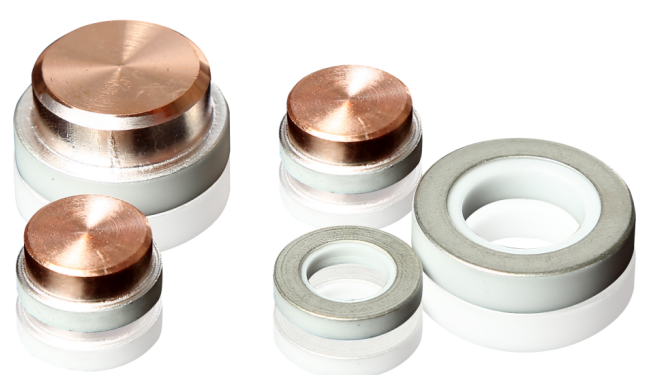
The role of ceramic materials in new energy vehicles
With the accelerated development of the new energy vehicle industry, the role of ceramic materials in new energy vehicles has become increasingly prominent. Today, we are going to talk about ceramic materials, which are an important part of electric vehicle power battery...Read more -
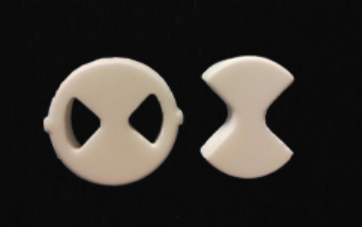
Alumina water valve plate
Alumina water valve plate can be used in electric power, petroleum, chemical, gold, mining, sewage treatment pipeline and other industrial fields of pipeline ball valve. Water valve ceramic plate as a cut off or put through the pipeline medium, can be suitable for nominal pressure PN1.6~10.0Mpa, ...Read more -
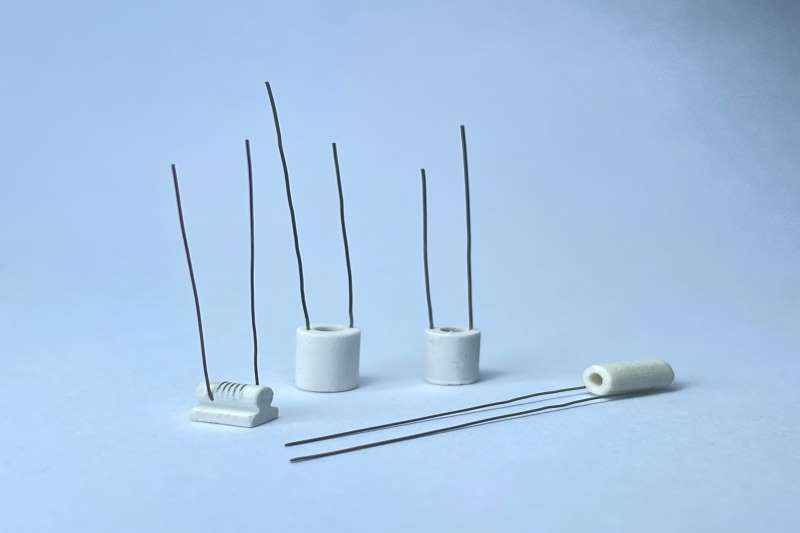
Application of Porous Ceramic Materials
Porous ceramic is an inorganic non-metallic powder sintered body containing a certain amount of voids. The fundamental difference from other inorganic non-metallic (dense ceramics) is whether it contains voids (pores) and what volume percentage of voids (pores) it contai...Read more -
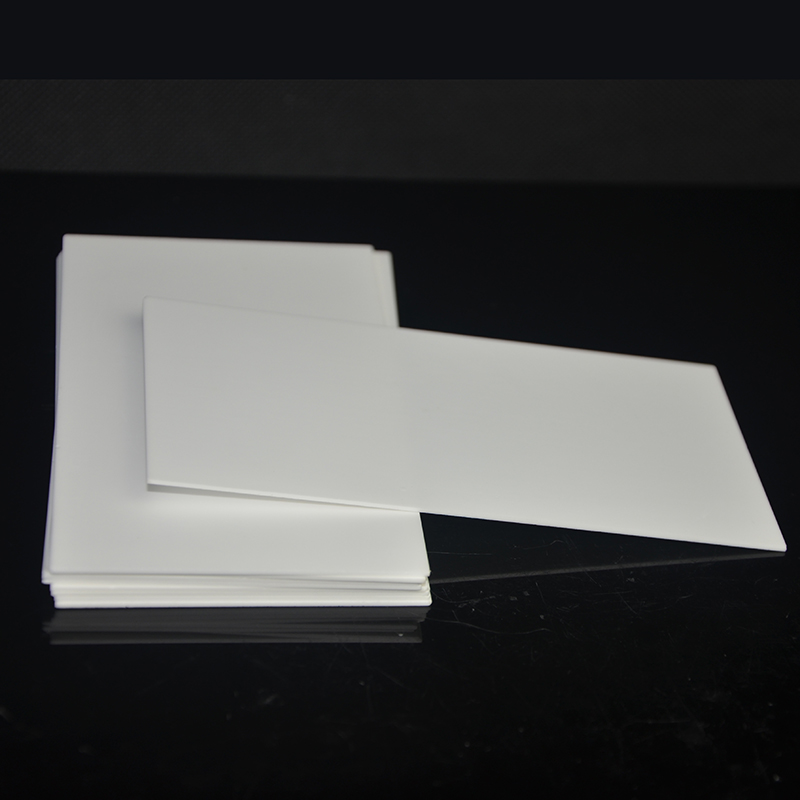
What is aluminum nitride ceramic substrate
Aluminum nitride ceramic substrate is a substrate made of aluminum nitride ceramic as the main raw material. As a new type of ceramic substrate, it has the characteristics of high thermal conductivity, good mechanical properties, corrosion resistance, excellent electrica...Read more -
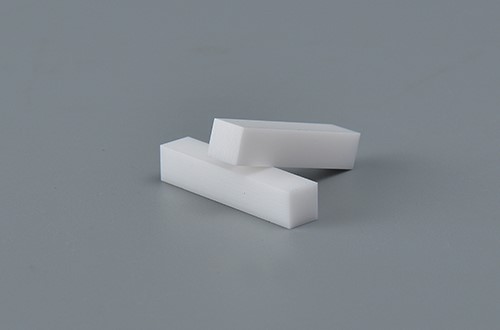
Seven Characteristics of Alumina Porcelain
1.High mechanical strength. The flexural strength of alumina porcelain sintered products is up to 250MPa, and that of hot-pressed products is up to 500MPa. The purer the alumina composition, the higher the strength. Strength can be maintained up to 900°C at high temperat...Read more -
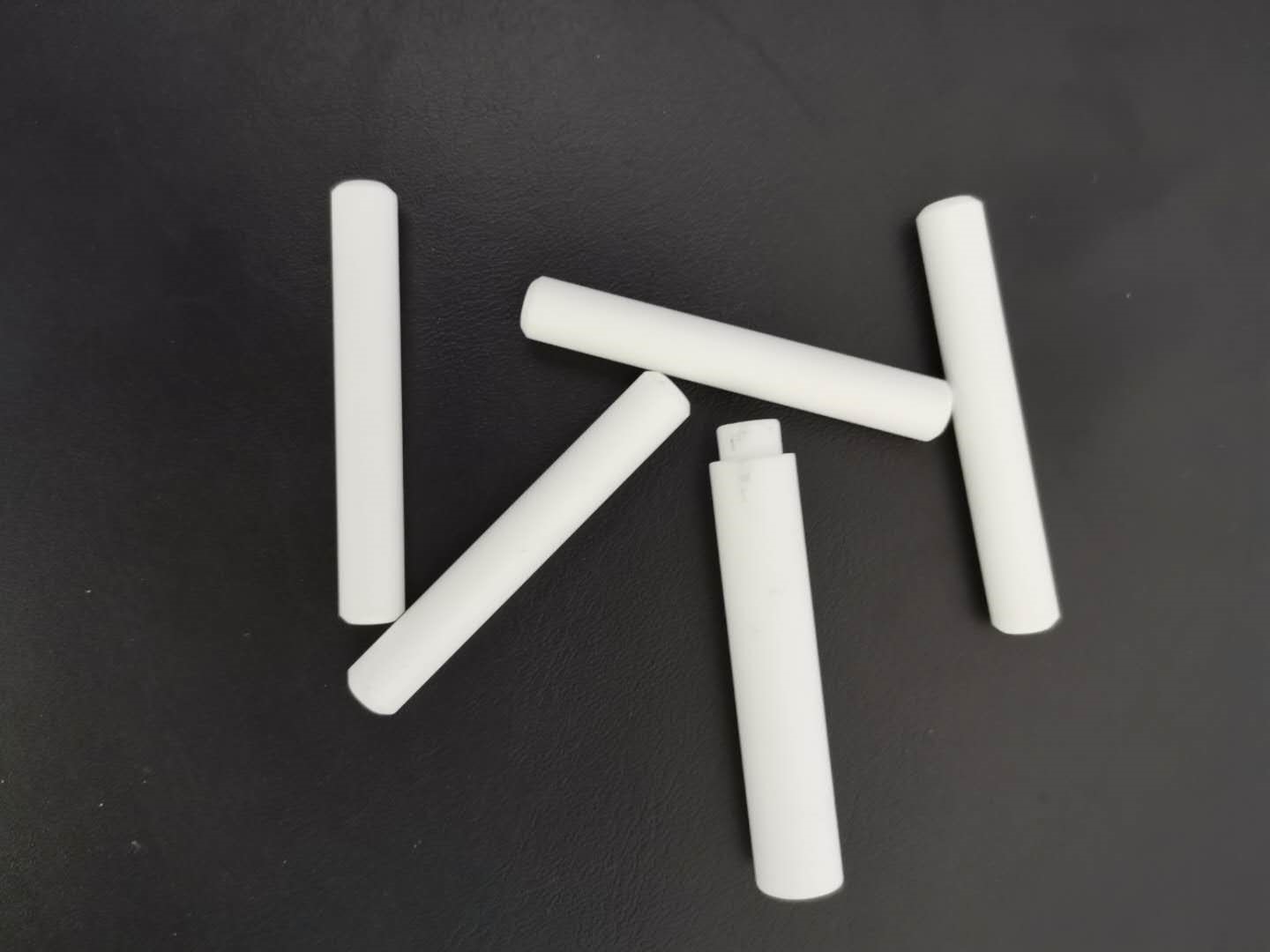
Advanced Ceramics Market by Material, Application, End-use
DUBLIN, June 1, 2021 (GLOBE NEWSWIRE) — “Global Advanced Ceramics Market by Material (Alumina, Zirconia, Titanate, Silicon Carbide), Application, End-Use Industry (Electrical & Electronics, Transportation, Medical, Defense and Security) Classification, Environmental, Chemical) and...Read more -
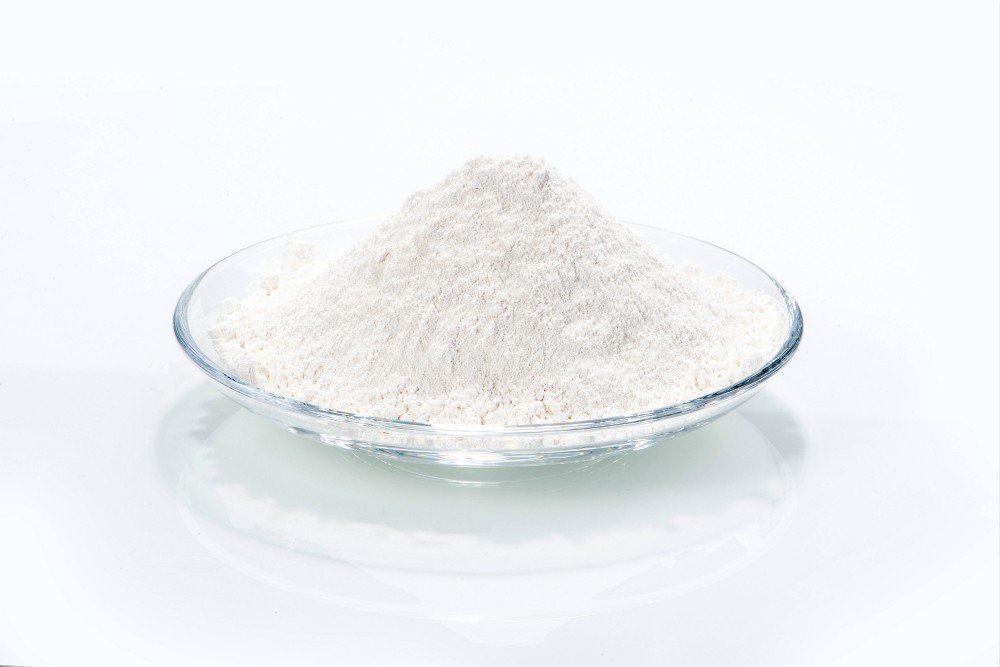
Preparation Technology of Alumina Ceramics (2)
Dry pressing molding method Alumina ceramic dry pressing molding technology is limited to pure shape and wall thickness more than 1mm, length to diameter ratio is not more than 4∶1 products. Forming methods are uniaxial or biaxial....Read more -
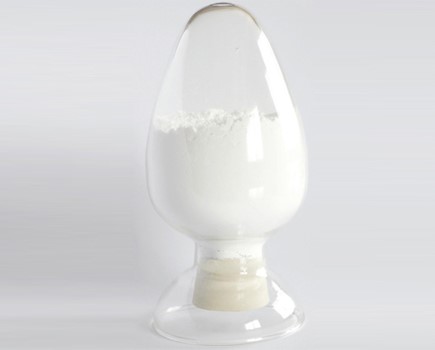
Preparation Technology of Alumina Ceramics (1)
Preparation of powder Alumina powder is prepared into powder material according to different product requirements and different molding process. The particle size of powder is less than 1μm. If it is necessary to manufacture high purity alumina ceramic products, in addi...Read more -
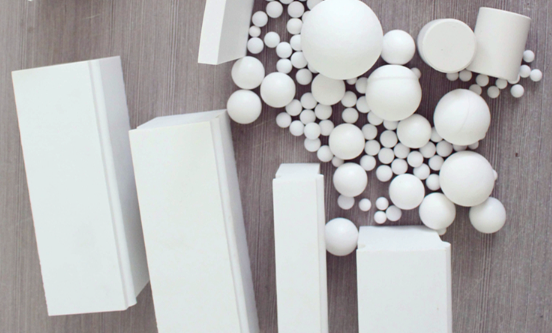
Properties and Classification of Alumina Ceramics
Alumina ceramic is a kind of alumina (Al2O3) as the main ceramic material, used in thick film integrated circuit. Alumina ceramics have good conductivity, mechanical strength and h...Read more











